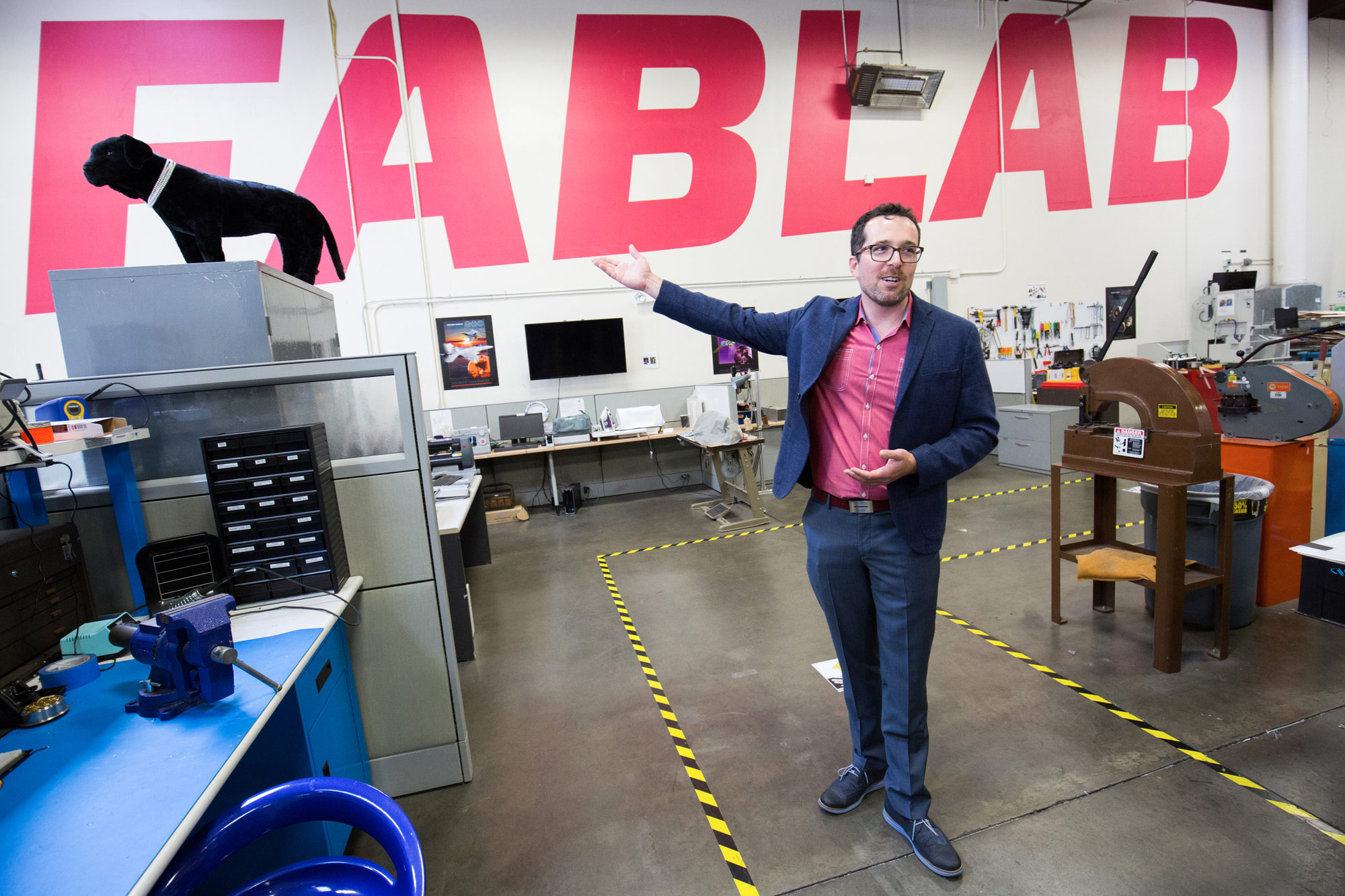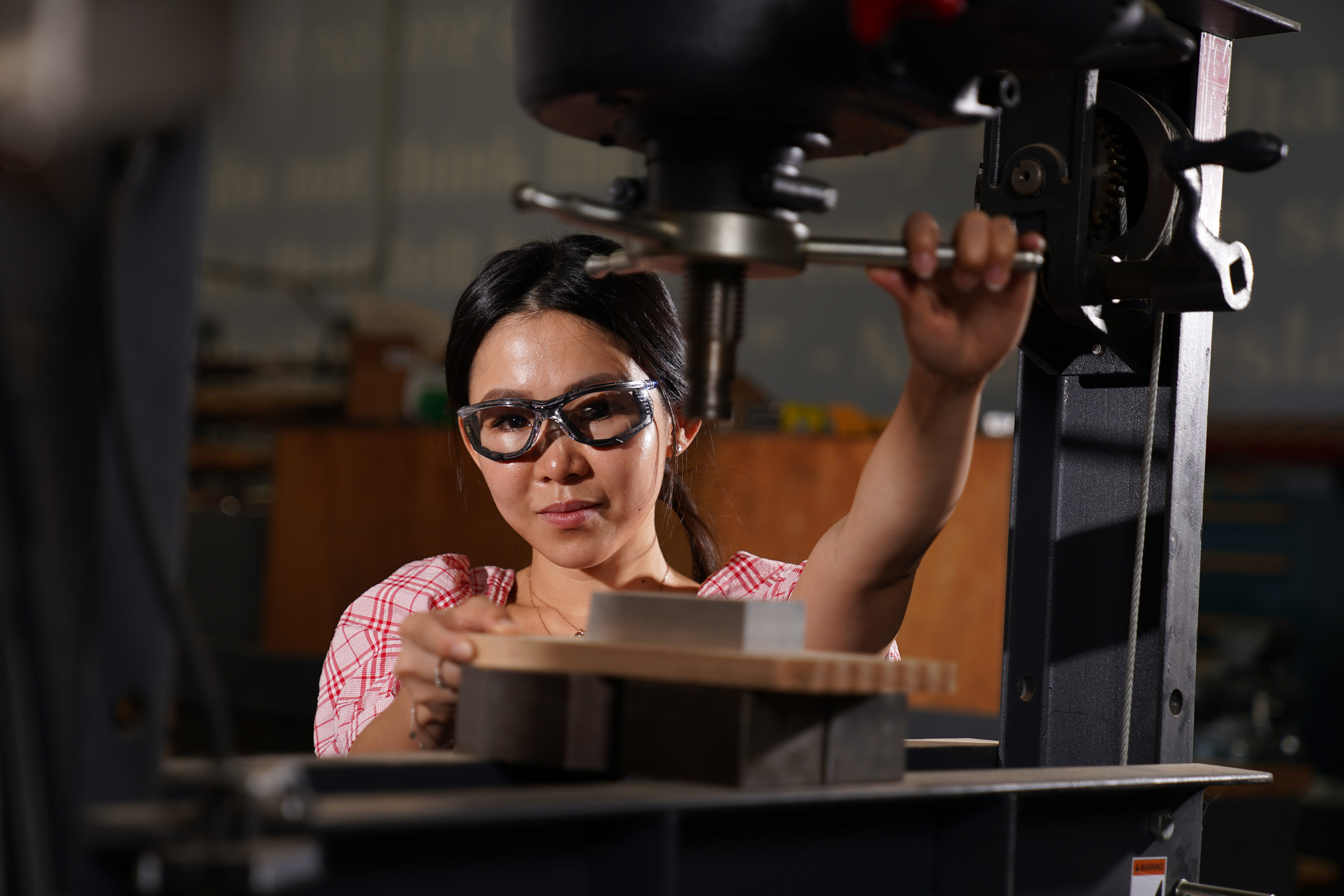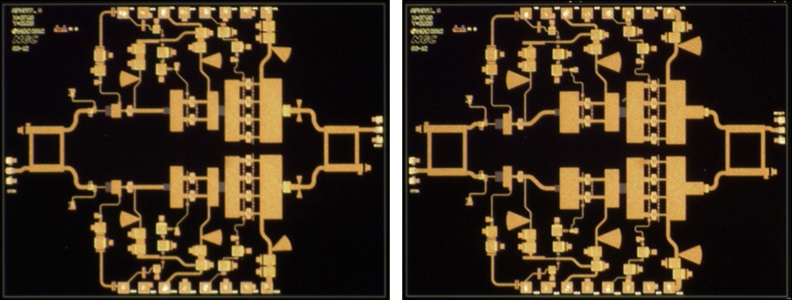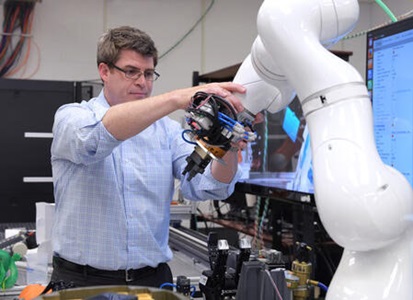Incubating and Investing Bring Innovation to Life
Finding bold new solutions to some of the biggest challenges in aerospace

By Kelly McSweeney
Innovation is causing tectonic shifts in business practices that are shaking up countless industries, and aerospace and defense is no exception. At the forefront of developing disruptive technologies, Northrop Grumman is seeking collaboration with technology startups to find bold new solutions to some of the biggest challenges in aerospace. By forging these collaborations, the company is embracing tools such as quantum computing and artificial intelligence (AI) even more than they already have.
"We're efficiently recognizing new, game-changing disruptive technologies outside of our company, and then being the first to adopt and integrate them into our work," says Alexander Altomare, entrepreneur in residence at Northrop Grumman.

Collaborating With the Best Technology Startups
Altomare works in Northrop Grumman’s Blue Labs, an ecosystem for fostering innovation within research, technology and engineering. In this role, he facilitates deals with startups to collaborate on developing a diverse array of technologies from digital manufacturing to communications systems.
The goal is to find new solutions for programs, whether those solutions come from within the company or through collaborations. The incubator program involves investing in startups and nurturing leaders already at Northrop Grumman so they can lead these projects, managing everything from staffing and scheduling to balancing the budget.
Blue Labs also encourages employees to be playful and suggest any and all ideas. "We have brilliant minds here — phenomenally talented engineers with an abundance of ideas," says Altomare.

Encouraging Innovative Technology
Employees can embrace their creative side and hone in on new technology ideas at any of the six FabLabs that are located across the nation. FabLabs are maker-spaces that are equipped with rapid prototyping tools such as design software, 3D printers and welding equipment. They host a grassroots community, with classes to teach new skills.
"They're like creative playgrounds for engineers at the company," says Altomare.
In their free time, employees have built, created and designed just about everything — including champion robots for a television show, virtual and augmented reality games, a robotic aide for a disabled painter, tens of thousands of face shields for healthcare workers, and so much more.
"This is where we build the community around innovation and creativity," Altomare says.
Once people catch the innovation bug and have fresh ideas to implement in the company's program, they’re encouraged to submit their ideas for projects through an internal website. There, employees can share their ideas, such as a new invention, reimagining an assembly process or connecting with a startup that has a new technology capability to integrate into an existing program. Then, the community comments on ideas, debates whether they would work and casts up or down votes, just like consumer websites. Some ideas then become patented, while others get funded and put into practice.
Blue Labs provides a way to tap into the social and intellectual capital that exists at Northrop Grumman — by extending opportunities to employees' personal networks. For example, when a former Northrop Grumman employee invented an incredibly fast battery charging technology and launched a startup, Northrop Grumman was among the first to order prototypes.
"We've created this intangible ecosystem of interpersonal connections among future leaders," Altomare says.
Northrop Grumman has already spent decades perfecting Department of Defense work. Now, through a combination of nurturing internal talent and collaborating with technology startups, the company is relentlessly innovating to keep the nation competitive in the next era of warfare.
More Innovation Stories
Read all stories about advanced technology and innovation >>


